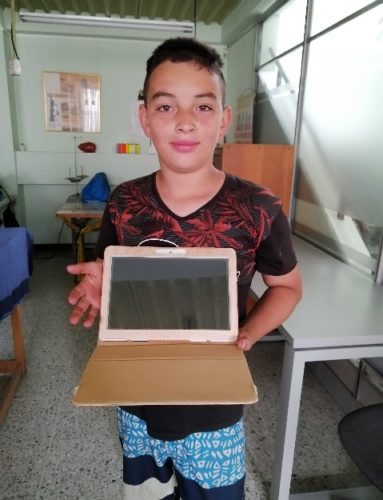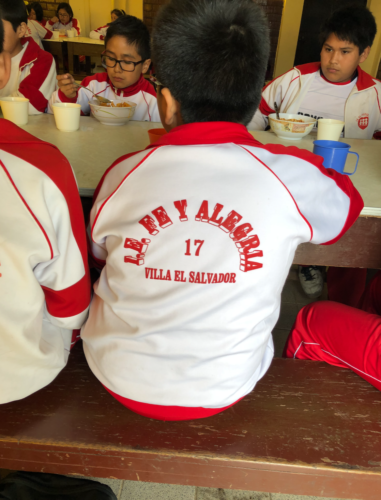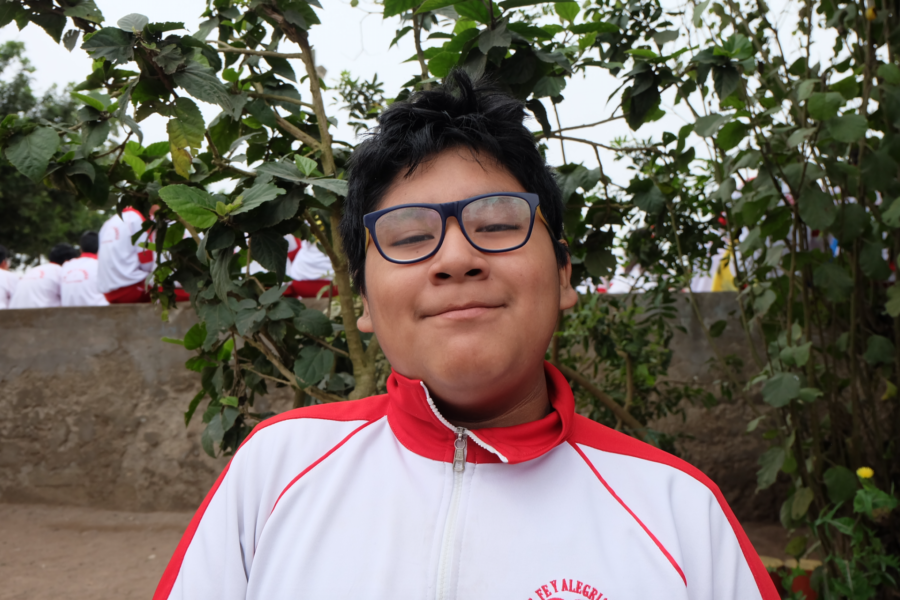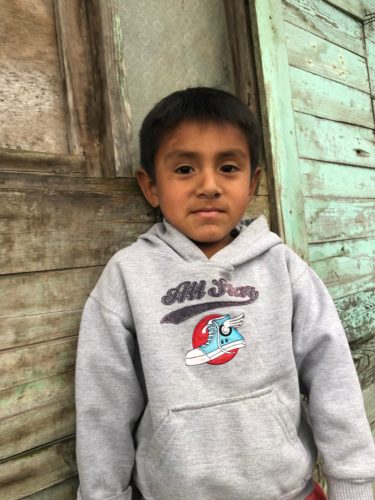Located along South America’s central-western coast, Peru comprises arid Pacific coastlands, spectacular mountain ranges and the vast Amazon rainforest. This land has been home to indigenous peoples for thousands of years, including the Inca Empire, the empire that constructed Peru’s most iconic landmark, Machu Picchu.
Peru’s rich culture, breathtaking beauty, and wealth of natural resources, however, belie the abject poverty in which many of its residents live.
In Peru, children’s very lives and futures are at risk, as they struggle with poverty and a lack of educational resources.
Many rural areas are still recovering from the Sendero Luminoso terrorist attacks of the 1990s, which claimed countless lives and caused thousands of families who had relied on agriculture for generations to seek shelter in large cities where they encountered even deeper poverty. While Peru as a whole suffers from high unemployment, hyperinflation and all the difficulties that poverty entails, problems like disease, malnutrition and crime are most pronounced in its overcrowded urban areas.
Challenges for Children in Peru
In Peru, children’s very lives and futures are at risk, as they struggle with poverty and a lack of educational resources. Right now, children in Peru need your help.
- 32% of children in Peru live in poverty
- Many Peruvian families are affected by unemployment, making it difficult for them to
provide much-needed resources to their children - Access to healthcare, sanitation and nutritious food has become increasingly difficult for
families in Peru through the COVID-19 pandemic, as well as due to the current political
climate in the country - Children in Peru are often forced into labor at a young age to support their families,
which means they drop out of school and no longer receive any formal education
Our Work in Peru
Thanks to caring people like you, Children Incorporated has helped thousands of children living in poverty in Peru since 1964.
We work with our volunteer coordinators in local communities to provide health and nutrition, education, hygiene items, clothes, shoes, and other essentials that help children and families rise above the poverty in which they live.
Our strategy is to focus on individual children through our sponsorship program, ensuring they are receiving exactly what they need on a regular basis.
Your support makes all our work possible to help children in crisis in Peru.
***
How do I sponsor a child in Peru?
You can sponsor a child in Peru in one of three ways: call our office at 1-800-538-5381 and speak with one of our staff members; email us at sponsorship@children-inc.org; or go online to our sponsorship portal, create an account, and search for a child in Peru that is available for sponsorship.
SOURCES:
https://www.unicef.org/media/101111/file/Peru-2020-COAR.pdf
https://www.unicef.org/peru/en
https://data.worldbank.org/indicator/SI.POV.NAHC?locations=PE




 Facts about poverty in Peru
Facts about poverty in Peru